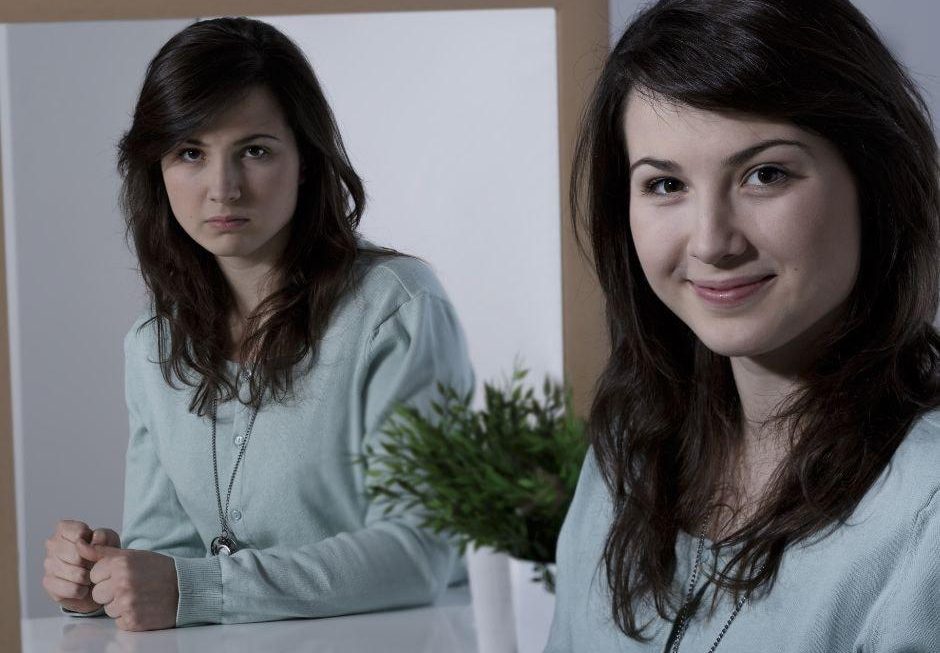Stem cells have been in the news a lot recently, so you may be wondering what is noteworthy about these cells. Stem cells can be used to treat serious diseases, but there is much debate over their use in the medical field. Here are the basics of stem cell research and therapy that you need to understand.
What Are Stem Cells?
Stem cells can be thought of as the body’s “raw materials.” They are cells that produce the cells that create the organs that perform the body’s specialized functions. When stem cells are produced in the body or in the laboratory, they divide and create new cells. These new cells are known as “daughter cells.”
Daughter cells can become either specialized cells or new stem cells. Specialized cells have specific functions, and they include bone cells, heart muscle cells, brain cells, and blood cells. Stem cells are the only cells that can create other types of cells.
What Are the Four Types of Stem Cell Therapies?
The four types of stem cell therapies include the following:
Embryonic Stem Cells
Three to five days after a sperm fertilizes an egg cell, a mass of cells forms. Scientists take embryonic stem cells from this inner mass of cells. At this point, the fertilized egg is known as the “blastocyst,” and it is as small as the dot above the letter “i.”
As the blastocyst develops, the inner cell mass produces the specialized cells that create the baby. When a scientist removes these cells from the inner cell mass, they will not become specialized, so if they remain in the laboratory, they will continue to be stem cells.
Embryonic stem cells can become any type of cell that the human body creates. Therefore, they are called “pluripotent.” The only cells that do not fit this description are those of the umbilical cord and the placenta. When scientists study stem cells from the placenta and the umbilical cord, they are capable of studying a normally developing human being as well as the development of disease. Embryonic stem cells are also useful for testing medications and other types of therapies. In most cases, embryonic stem cells came from the products of in vitro fertilization.
Tissue-Specific Stem Cells
Tissue-specific stem cells are specialized stem cells that create specific cells for organs and other tissues. They are also known as “adult stem cells” and “somatic” cells.
One example is the “hematopoietic” stem cells that form blood in the bone marrow. These stem cells can produce platelets, white blood cells, and red blood cells, but they cannot produce brain cells, lung cells, or liver cells. Also, stem cells located in other tissues cannot produce platelets, white blood cells, or red blood cells.
The tissues and organs contain tissue-specific stem cells that can replace cells that are lost after an injury or just plain living. The ones that exist within the gut include tissue-specific stem cells for the lining of the gut, the skin, and the blood.
Tissue-specific stem cells aren’t easy to find, and they aren’t as amenable to being renewed in the laboratory as embryonic stem cells. It is possible to learn how normal development occurs, how aging occurs, and what is happening when there is an injury or disease from tissue-specific stem cells.
Mesenchymal Stem Cells
Mesenchymal stem cells are cells that scientists separate from the connective tissue that is located around the tissues and organs. This connective tissue is known as “stroma.” The more accurate way of referring to mesenchymal stem cells is to call them “stromal cells.”
Scientists do not currently know if mesenchymal stem cells actually stem cells. They also are unaware of the types of cells that they can produce. They are in agreement that mesenchymal stem cells are all different and that the type of work they perform depends on where they are located, how they are grown, and how they are isolated.
Induced Pluripotent Stem Cells
Induced pluripotent stem cells come from tissue-specific stem cells in the laboratory. For example, the tissue-specific stem cells may be skin cells that the scientist converts into cells that behave as if they are embryonic stem cells. They are cells that are instrumental in helping scientists learn how the human body normally develops, how diseases begin and progress, and for developing and testing new medications and therapies.
Induced pluripotent stem cells are like embryonic stem cells in a lot of ways. For example, iPS stem cells can also produce all of the cell types within the body, but they aren’t exactly like embryonic stem cells. Scientists are in the process of learning about the different ways that they can create iPS cells so that these cells can be used to produce cells or other tissues in medical treatments.
Avantor has the capability to engage with companies in their research on several cell therapies. They are prepared to be your partner when you are just beginning to develop your project. Avantor has everything that you could possibly need for your cell therapy development, research and production, and they are eager to help you create a better world with scientific breakthroughs.



